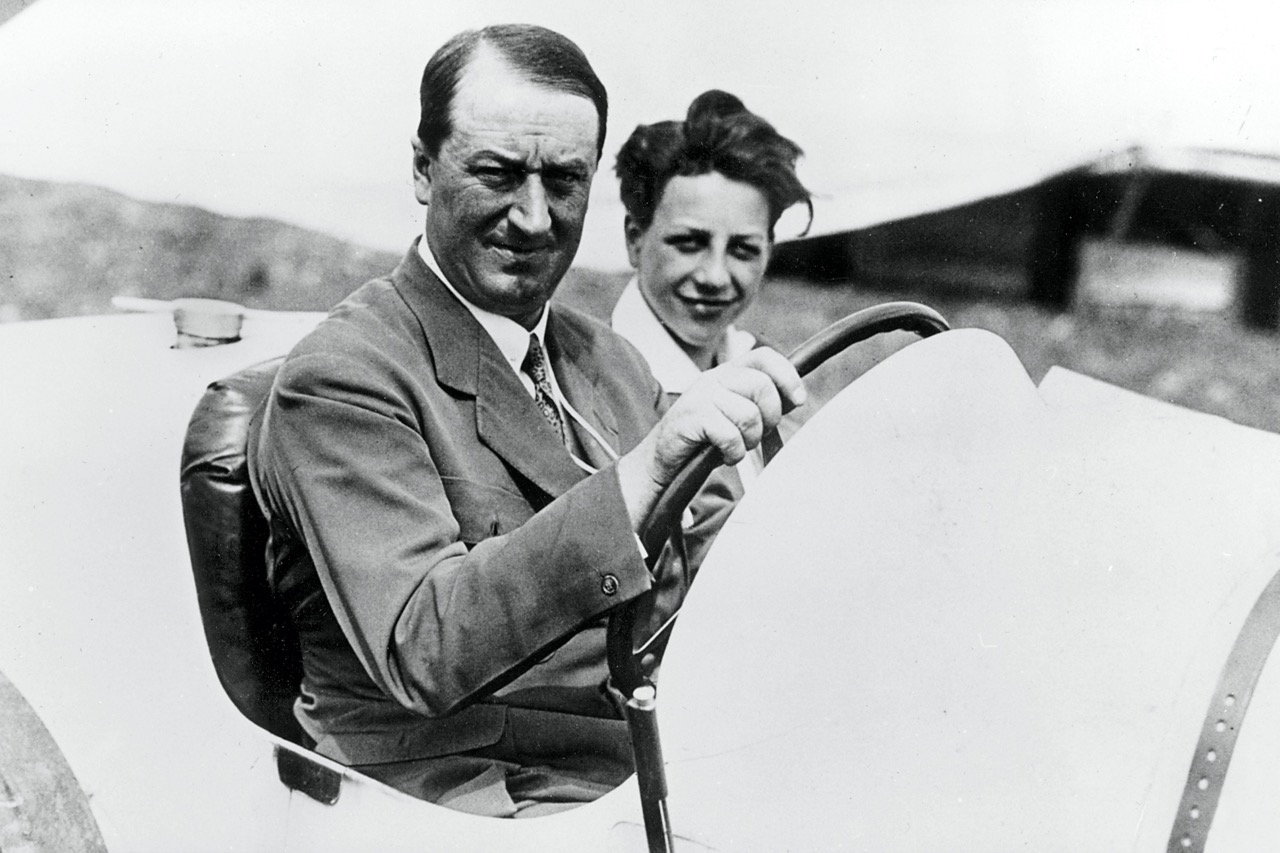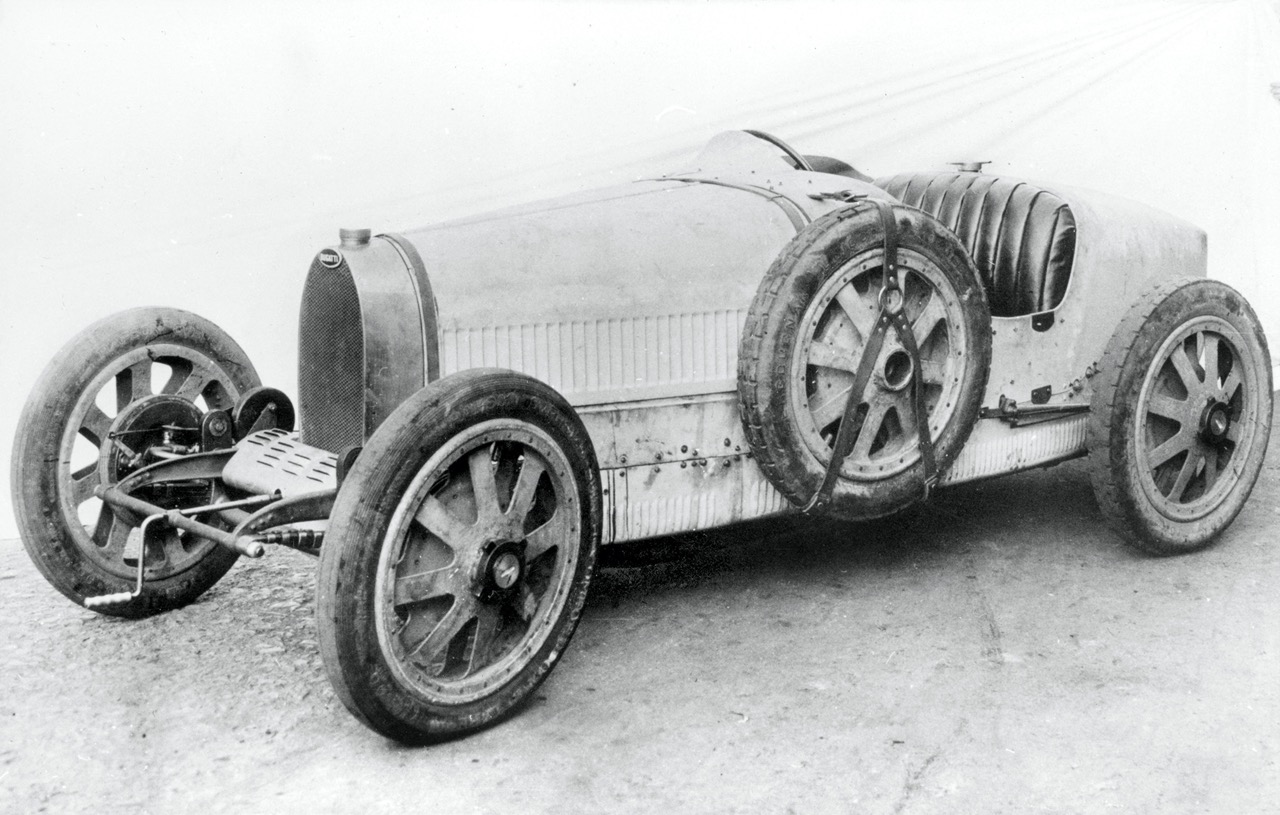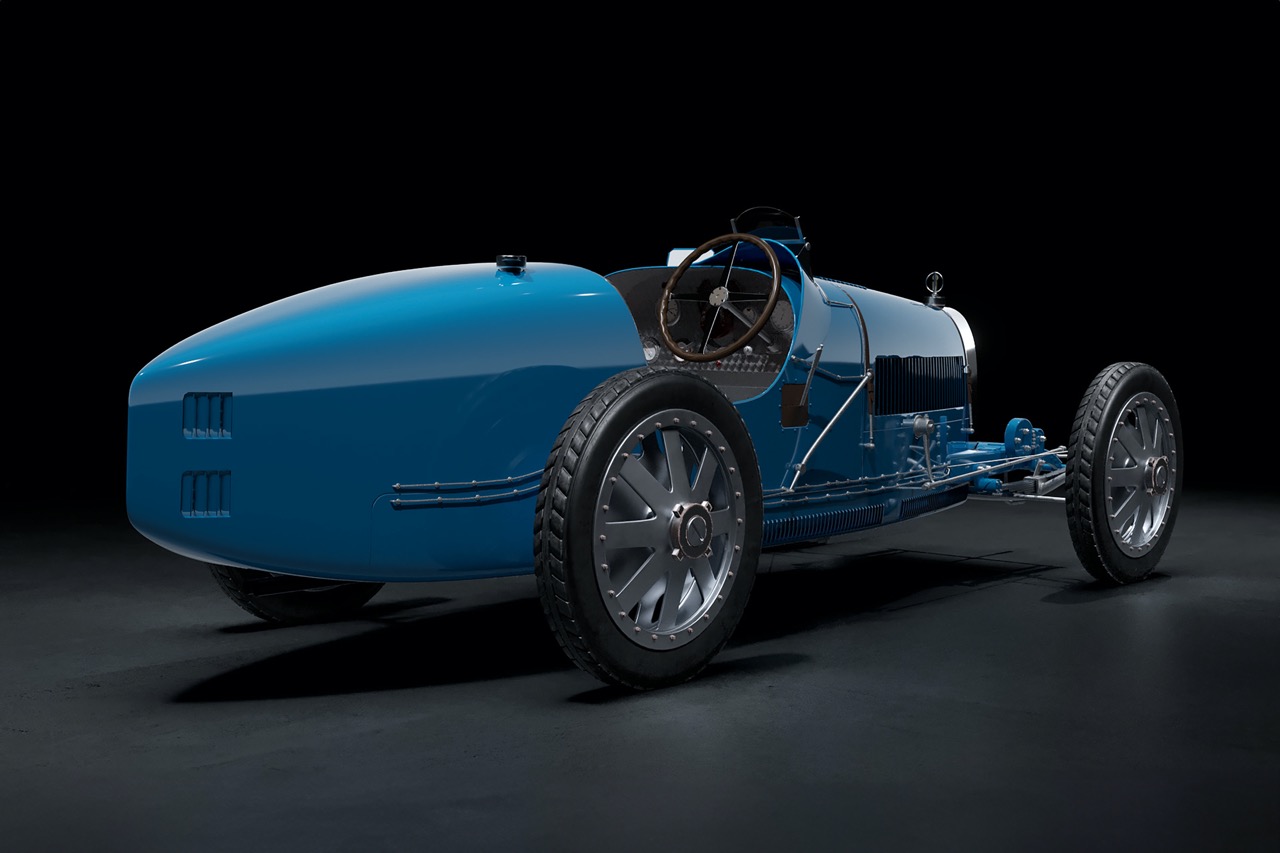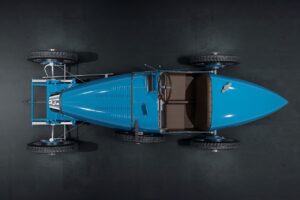The Bugatti Type 35 is not just a car; it’s a testament to the visionary genius of its creator, Ettore Arco Isidoro Bugatti. Born into a family steeped in creativity and the arts, Bugatti’s unconventional approach to automotive engineering revolutionised the industry with the Type 35.
Debuting in 1924, the Type 35 shattered conventions with its groundbreaking design and technical innovations. Unlike its contemporaries, it featured a low and sleek body, cast alloy wheels to reduce unsprung mass, and encapsulated rear suspension for improved aerodynamics.
Underneath its elegant exterior, the Type 35 boasted a pioneering 2.0-litre inline eight-cylinder engine with thin-wall construction and 24 valves. With an aluminium crankshaft and meticulous attention to weight reduction, Bugatti achieved a class-leading performance of 90PS while keeping the car’s weight to just 750kg.
Bugatti’s commitment to lightweight engineering extended to every component, including a new hollow front axle and a unique rear axle configuration. These innovations, combined with precision steering and a lightweight chassis, delivered unparalleled agility and driving pleasure on both road and track.
The Type 35’s engineering excellence was further evidenced by its beautifully balanced drum brakes and pressurised petrol tank, enabling drivers to push the limits of performance with confidence.
Even a century after its launch, the Bugatti Type 35 remains a symbol of automotive innovation and excellence. Its legacy lives on in every Bugatti vehicle, carrying forward the design and engineering values established by Ettore Bugatti himself. As Luigi Galli aptly concludes, the Type 35 is an integral part of Bugatti’s DNA, alongside other iconic models like the Bugatti Atlantic and the Bugatti Royale.

































